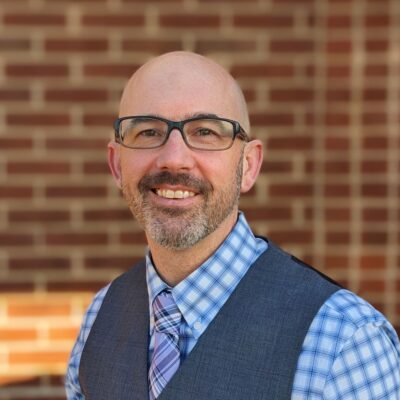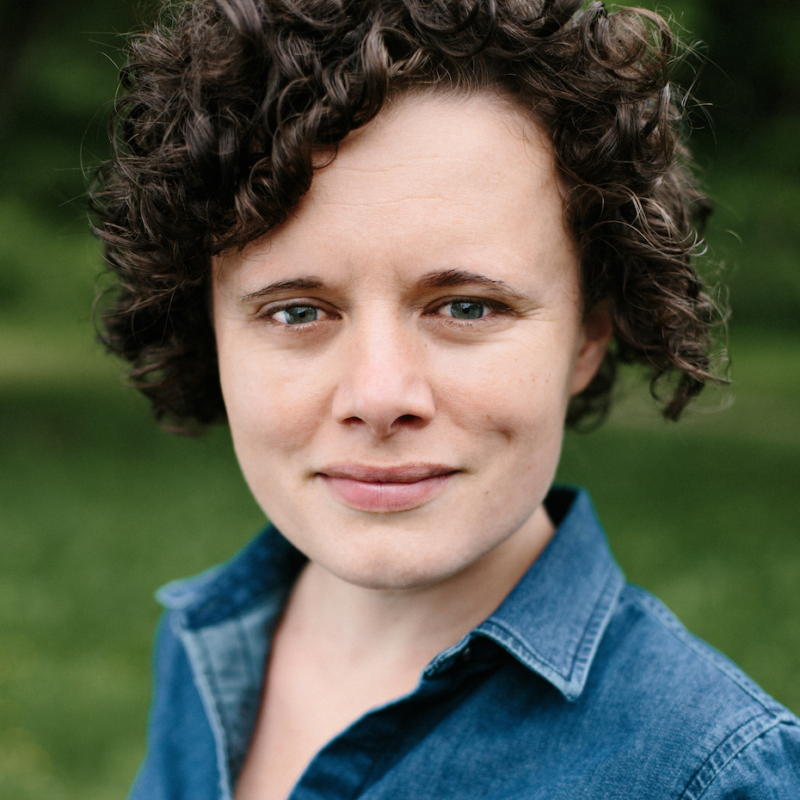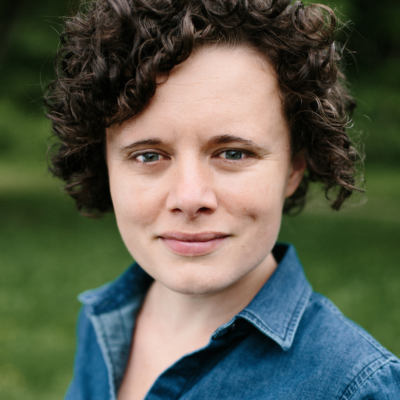Last year, Wendy Fisher bought a modest, rehabbed home on Fifth Street SW for $285,000. She liked the walkability afforded by the location, and the fact that it was only a few doors down from good friends.
“I really wanted the experience of living very accessible to town,” says Fisher. “Some things are lovely and other things are challenging.”
|
Though this shows the city’s definition of the Fifeville neighborhood, those boundaries aren’t accepted by all who live there. Debates about the boundaries contributed to delays in a registered historic district, which some residents feared would further raise property taxes. |
Like crime: Eleven-year-old Aziz Damar Booth was shot and killed on Sixth 1/2 Street in June. And Fisher has issues sometimes because of absentee landlords on her street. “It’s not a race issue. It’s definitely an absentee landlord issue. There are a lot of people who have lived there for a long time who take beautiful care of their homes.”
For all its issues, Fifeville was the only neighborhood in the city to see double-digit growth in residential property assessments when bills went out in January. While city assessments went up on average only 2.3 percent, and average county assessments, excluding new construction, actually dropped 2.6 percent, Fifeville’s assessments went up 18 percent on average. Taking out new construction, Fifeville values still rose 11 percent.
“Fifeville just had a lot of activity,” says Roosevelt Barbour Jr., city assessor. “The number of sales will dictate what the assessors will do, and these sale prices were above the assessments, and that means we had to raise them. That’s state law.”
Fourteen sales took place in Fifeville, according to a report from the assessor’s office, though all of them took place before the financial meltdown in mid-September. Another element that raised values in Fifeville was the construction of new units, largely by Habitat for Humanity on Paton Street.
“I’m actually offended by [the assessment increase],” says Fisher. “I know that there are people who have owned their houses there for several generations. I don’t know enough about it, but it seems pretty unfortunate and I don’t think that the city does a very nice job with paying attention to the neighborhood.”
She’s not alone in questioning the assessments. Stan Sweeney lives in Richmond, but owns one of the oldest houses in Charlottesville, the Hawkins-Wondree house on 418 Fifth St. built in 1832. His assessment went up about 30 percent.
“We put a mailbox up,” says Sweeney. “Maybe they thought that should be reassessed. It’s just pretty unbelievable.”
Nestled between UVA and Downtown, the neighborhood known as Fifeville has come to embody the messy conflict between revitalization and gentrification in Charlottesville. Longtime residents appreciate the spruced up houses and the reduction in crime that comes with new blood, but those features also increase property values, making for bigger tax bills. Assessments have gone up double digits every year since 2003, including a 32 percent increase in 2007.
Fears of rising assessments had a hand in the considerable opposition to making Fifeville a registered historic district. The late Lilibea Washington, a longtime resident who lived on Nalle Street, put her objections into a letter sent last year to the State Review Board as it considered the Fifeville historic district.
“I have lived on this street for years, and know that most of the older houses are owned by retirees and low to middle income families,” wrote Washington. “I don’t see any benefits at all in this proposal for the property owner but rather a possible future financial hardship, should this be pushed further.”
Despite the objections of Washington and others, the State Review Board conditionally approved the historic district last March. Last week, the kinks were finally worked out, and the Fifeville and Tonsler Neighborhoods Historic District will go up on the city website for public review. If no major objections emerge, it will go to the National Park Service in March.
The revised historic district has more information on antebellum African-American history as well as a new name. Some didn’t like the originally proposed name, Fifeville-Castle Hill. So in August, Charlottesville Preservation Planner Mary Joy Scala sent a letter to property owners to solicit their opinions on the name, and the consensus choice was “Fifeville and Tonsler Neighborhoods.” Benjamin Tonsler was an African-American educator who lived in the neighborhood, which also includes Tonsler Park.
Historic designation is largely symbolic, though it provides some incentives for fixing up old properties in the form of federal and state tax credits. It’s uncertain whether the historic designation will affect property values in Fifeville. In a frequently asked questions section on its website, the state Department of Historic Resources only says, “Registration per se appears to have little effect, although one would expect well-kept, attractive, older properties and neighborhoods to experience rising values over the long run.”
Former city councilor Blake Caravati bought an investment property with a partner last year that is considered part of Fifeville by the city assessor’s office, and he understands that his action complicates the neighborhood. He says Fifeville has been gentrifying steadily since the late ‘90s.
“I try not to contribute to gentrification, but in fact I do it for a living,” says Caravati. “I buy old houses and fix them up. Has it been good change? Yes. Has it been deleterious change? Yes. A lot of the hardworking people that I have employed or I have worked with or friends of mine have been forced to move because of it.”
He gives the example of three men who worked for him and moved out of the city to Louisa County because of housing costs.
“That’s what cities are about in a way. They constantly have these upheavals,” Caravati says. “Unfortunately, in most systems, and particularly in our system, it can be very onerous for poor families.”
C-VILLE welcomes news tips from readers. Send them to news@c-ville.com.






